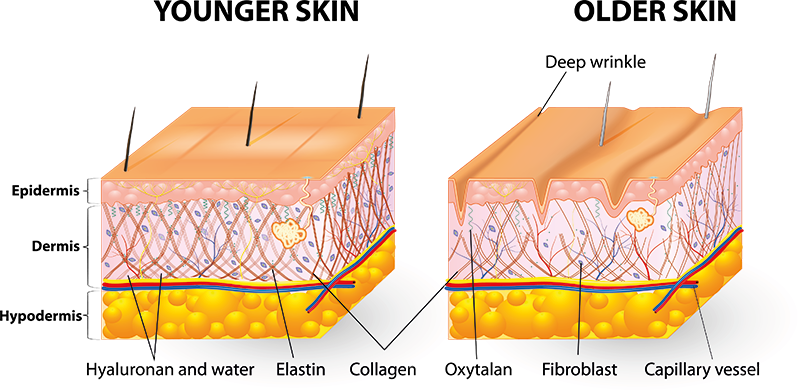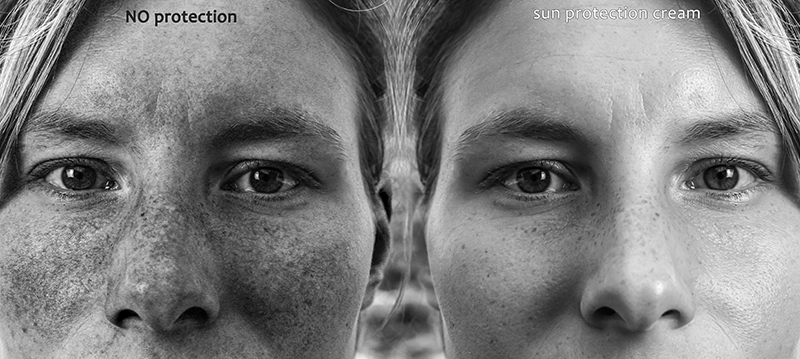Unlocking the Secrets of Aging: An In-depth Look into Skin Aging Processes
Ever glanced in the mirror and wondered what causes those emerging fine lines and wrinkles? Or what's behind the gradual loss of that youthful glow? If so, you're not alone. Understanding the science behind skin aging can be complex, but it's key to finding the right solutions to keep your skin looking healthy and vibrant.
In this blog post, we'll delve into the fascinating world of skin biology and uncover the factors that cause our skin to age. Whether it's genetics or environmental exposure, every element plays a role in the way our skin changes over time.
A Look Under the Skin: The Biology of Aging
At the heart of our skin's aging process are two key proteins: collagen and elastin. Collagen, the most abundant protein in our body, is the building block that keeps our skin firm. Elastin, on the other hand, allows our skin to spring back after being stretched or poked.
As we age, the production of these proteins starts to slow down, and their fibers begin to degrade, leading to wrinkles and saggy skin.
But what triggers this slowdown?
Intrinsic Aging: It's All in the Genes
Intrinsic aging is inevitable. It's the natural process that comes with time and genetics. Your genes control when these changes occur. For example, some people may notice their first fine lines in their early 20s, while others might not see them until they're in their 30s.
It's not just about wrinkles, though. Intrinsic aging also results in dryness, thinning of the skin, and a gradual loss of fat under the skin's surface, leading to hollowed cheeks and eye sockets.

Extrinsic Aging: When the Environment Leaves Its Mark
Unlike intrinsic aging, extrinsic aging factors are within our control. These include sun exposure, pollution, smoking, and even facial expressions.
Among these, sun exposure is the most damaging. Ultraviolet (UV) light breaks down collagen and elastin fibers, causing the skin to lose its strength and elasticity - a process known as photoaging. Not surprisingly, photoaged skin often shows signs of premature aging, like deep wrinkles and age spots.
Pollution and smoking also contribute significantly to extrinsic aging. They produce free radicals that damage skin cells and accelerate the breakdown of collagen and elastin.

Keeping the Hands of Time at Bay
While we can't stop the clock, understanding how and why our skin ages can help us make informed decisions about skincare. From adopting a nutrient-rich diet to reducing sun exposure and quitting harmful habits like smoking, there's much we can do to slow down the aging process.
In our upcoming blogs, we will provide more detailed guides about skincare routines, lifestyle changes, and dermatological treatments that can help maintain youthful, healthy skin.
Remember, every skin type is unique, and there's no one-size-fits-all solution. As we age, our skin evolves, and so should our skincare routine. Here's to embracing the journey of aging and taking the best care of our skin at every stage of life!